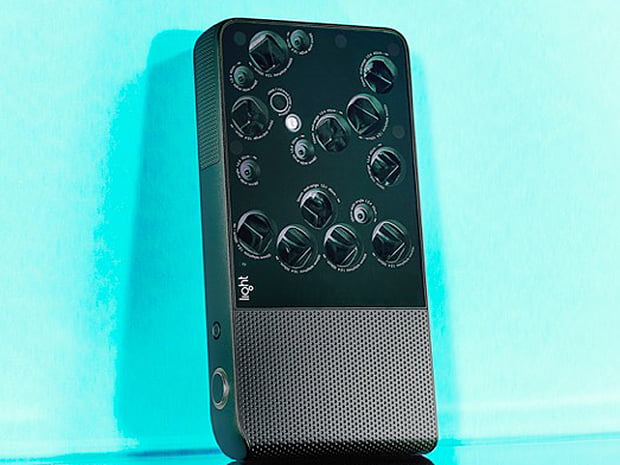DSLR or Digital Single Lens Reflex Camera
Ignoring the play on words, the light camera is a major breakthrough in the use of multiple optical viewpoint cameras to create synthetic images that can be taken with something the size of a smart phone and rivals DSLR Camera photographs.
And spoiler alert, I’m getting one as soon as I can. Read on to find out why.
I enjoy photography and appreciate the balance between the size and convenience of my phone camera and the control and quality of image possible in my DSLR (Digital Single Lens Reflex) camera.
Lets look at how a DSLR camera works. This image is by en:User:Cburnett – Own work with Inkscape based on Image:Slr-cross-section.png, CC BY-SA 3.0, Link.
The photographer can see the subject before taking an image by the mirror. When taking an image the mirror will swing up and light will go to the sensor instead.
- Camera lens
- Reflex mirror
- Focal-plane shutter
- Image sensor
- Matte focusing screen
- Condenser lens
- Pentaprism/pentamirror
- Viewfinder eyepiece
For a Film SLR camera the sensor is the film. For the DSLR Camera the sensor is a digital image sensor CCD or Charge Coupled Device. These cameras use precision ground lenses and are capable of high levels of control and image quality. They also don’t fit in your pocket unless you have a very large one.
Below is a high quality rendering of a DLSR Camera provided by David McSweeney of Guru Camera. Much appreciated David. Click on the picture to get a full size version.
And if you wanted to understand how the lens works in detail and how to select one then I recommend this excellent Lens Guide article from James Miller of Photographer Touch.
The Light Camera
I am very grateful to Dr Rajiv Laroia who co-founded Light. Not only has he developed a breakthrough concept in portable digital photography, but he has been very open about how he went about it and how it works. This is an excellent example of the new Collaboration landscape we now work in. He took his idea to experts to validate it rather than hiding it and hoping no-one would steal it.
IEEE Spectrum have a very detailed article Inside the Development of Light which outlines the whole journey. There are several stand out points here:
- he solved a problem he had – it represented a practical need he understood
- he got expert advice early
- it required a significant shift from the best of breed technology in place now
- he knows his first version is just that
- there is a long term product strategy in place
- he is teaching the world how to do it so that he has first mover advantage rather than a monopoly
The last point is interesting for me. The days of monopolies are coming to an end. The days where a Brand could overcome deficiencies in an offering aren’t yet over but they are fading. Today you can source reviews from peers and industry forums and a Brand can’t as easily dominate a market just by reputation or marketing blurb. The products have to be as good as the Brand claims they are.
So back to Light. Dr Rajiv Laroia has started something we will all benefit from. The concept is brilliant and the results and funding are in place to make is commercially successful.
Will we see it in a smart phone soon? I can see cut down versions of this concept being deployable in the very near future. The processing power is the challenge in a low power hand held device that is also doing cellular communications. So battery life versus quick availability of the finished pictures is the trade-off right now.
Is it doable in the long run? Absolutely!
Light in Action
Here are some videos covering the development journey, the first commercial version and the use of the camera.
Successful Endeavours specialise in Electronics Design and Embedded Software Development, focusing on products that are intended to be Made In Australia. Ray Keefe has developed market leading electronics products in Australia for more than 30 years. This post is Copyright © 2016 Successful Endeavours Pty Ltd.







